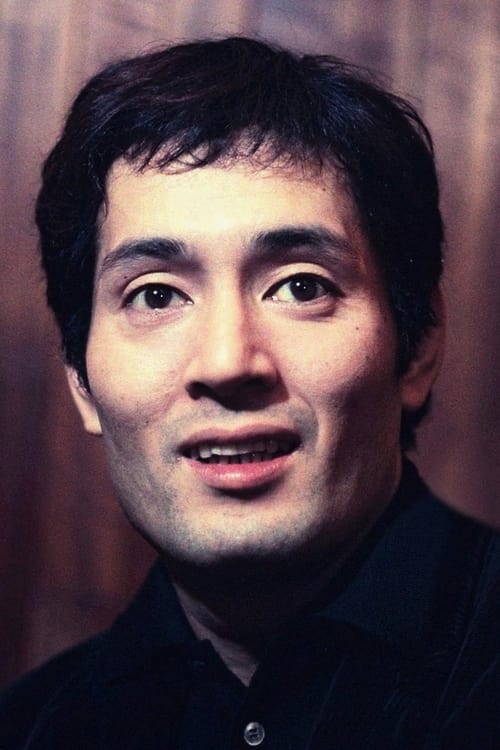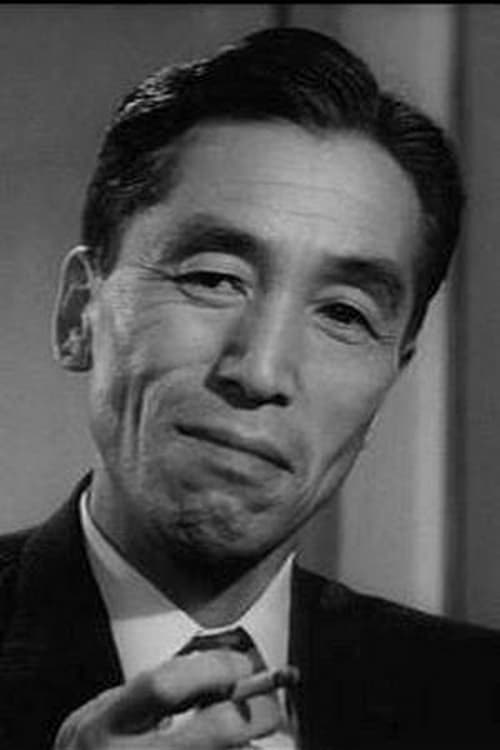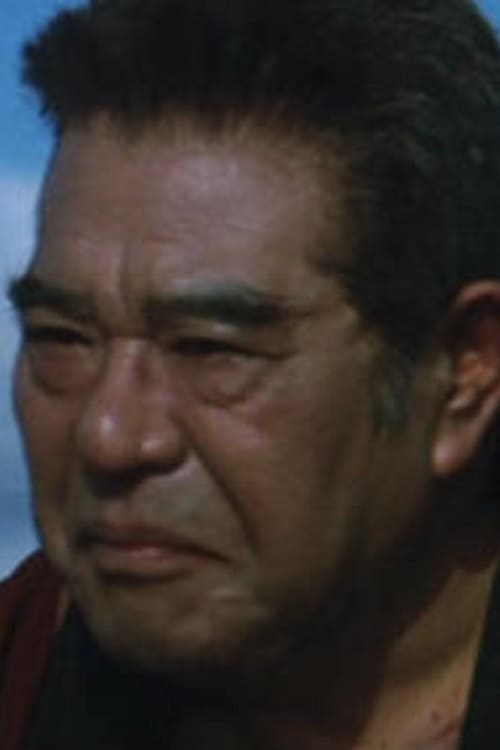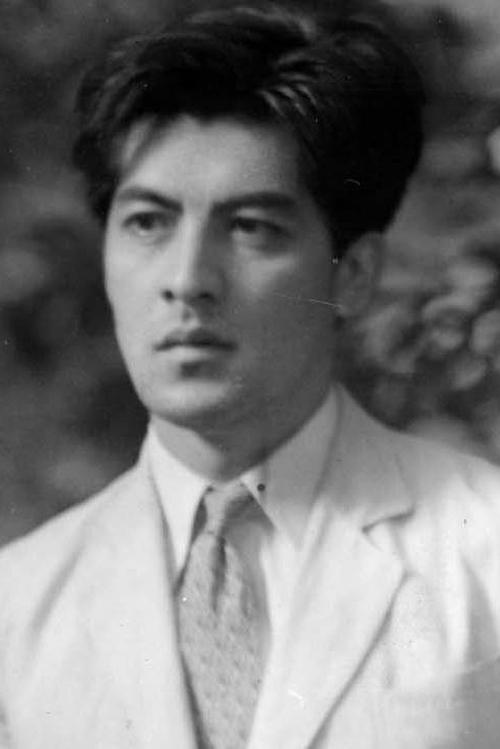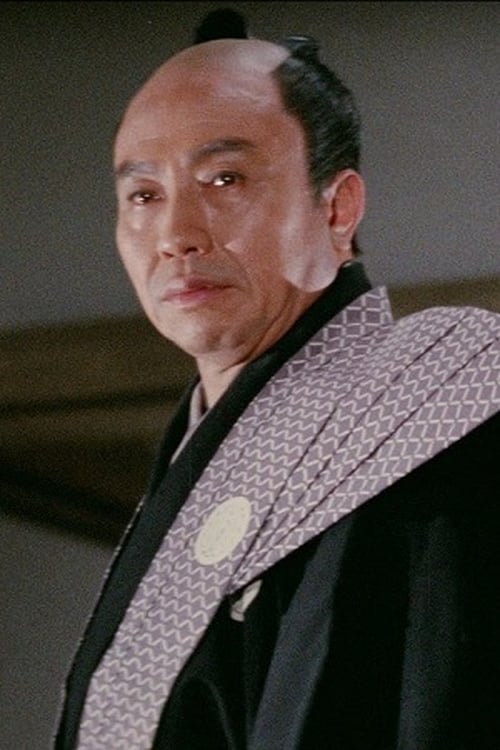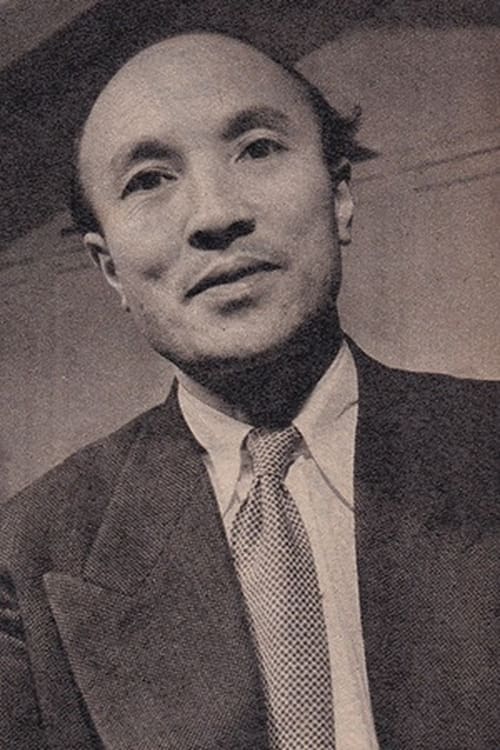
Kwaidan
Taking its title from an archaic Japanese word meaning 'ghost story,' this anthology adapts four folk tales. A penniless samurai marries for money with tragic results. A man stranded in a blizzard is saved by Yuki the Snow Maiden, but his rescue comes at a cost. Blind musician Hoichi is forced to perform for an audience of ghosts. An author relates the story of a samurai who sees another warrior's reflection in his teacup.
Dialogues from Movie Kwaidan
Quotes from Movie Kwaidan
Sound Tracks from Kwaidan by Tōru Takemitsu
The Woman of the Snow
The Woman of the Snow by Tōru Takemitsu, Background score for the story of the snow woman
The Phantom Lover
The Phantom Lover by Tōru Takemitsu, Score accompanying the tale of the phantom lover
Ablaze
Ablaze by Tōru Takemitsu, Part of the atmospheric score throughout the film
Download App
Memorable Scenes from Movie Kwaidan
The Woman of the Snow
In a misty, snow-covered forest, a woodcutter encounters a beautiful woman who can freeze him with her icy breath. She spares his life, but warns him to never reveal her existence. The tension reaches its peak when they fall in love, and after years, he breaks his promise during a moment of intimacy. The woman reveals her true nature as a spirit of the snow, leading to heartbreaking consequences as she vanishes, leaving him alone and remorseful.
Context: This story showcases the theme of love intertwined with the supernatural, emphasizing how breaking promises can have dire consequences.
The Black Hair
A man in feudal Japan chooses to marry a beautiful but cold woman after abandoning his wife who still lives in poverty. Years later, his new wife reveals her true self—revealing the black hair from which the title gets its name. There is a turning point when he finds her hair and realizes she is not who she seems. The emotional weight lands hard as he faces the betrayal of his actions and the truth of his first wife, leading to a ghostly confrontation that leaves him terrified and remorseful.
Context: This segment unravels the themes of loyalty and the consequences of one's choices, showing how neglecting one’s past can lead to haunting regrets.
The Story of the Old Woman
An old woman scours the countryside for food and is ostracized by everyone due to her age and presumed witch-like traits. In a turning point, she reveals herself to be a talented ramen cook who helps a discarded rice soup become a delicious meal. Then, the moment of catharsis arrives when the villagers finally recognize her worth, but only after she succumbs to her loneliness. The sadness lingers as her death leaves them remembering her only when it's too late.
Context: This scene emphasizes themes of social isolation, aging, and the recognition of one’s value only after it’s lost.
Miminashi Hoichi
Hoichi, a blind musician, is invited to perform for a ghostly audience at a graveyard. The buildup has him charming the spirits, but the pivotal moment occurs when he reveals his connection to the ghosts, confirmed by their knowing demeanor. In a haunting twist, as he performs, his physical form is consumed by spirits while the audience enjoys his music. The moment of horror coincides with his realization that no one cares about his fate, leaving audiences with a chilling atmosphere filled with dread.
Context: This tale speaks to the idea of acknowledgment versus oblivion, where the price of artistry could be one’s soul.
The Eyewitness
A man witnesses a deadly accident but remains silent out of fear. The tension builds as he’s haunted by haunting visions tied to his inaction. When he finally chooses to confess, a feeling of relief is swiftly extinguished as he realizes the dead cannot rest due to his silence. The peak moment is marked by his confrontation with the ghostly figure, which leads to haunting ramifications and ultimately his inability to find peace. The emotional fallout terrifies and compels the audience to reflect on guilt and responsibility.
Context: This story conveys a profound message about the ethical weight of our decisions and the impact they leave behind.
The Ghost of the Girl in the Well
Young boys taunt a girl for being unlike them and push her into an old well, where she dies. Years later, during a harvest celebration, the boy who initiated the bullying sees her ghost. The moment becomes pivotal as the vengeful spirit confronts him, leading to a terrifying sequence where he is chased and ultimately dies in a horrifying manner. The emotional resonance is jarring, evoking feelings of guilt and the heavy consequences of juvenile actions.
Context: This chilling tale warns against cruelty and the lasting effects of bullying, encapsulating the cycle of violence and revenge.
The River Spirit
A fisherman encounters a beautiful river spirit who he falls for, but he realizes he must sacrifice his happiness for her true identity. The pivotal moment arrives when she offers him a choice that could cost him dearly. The scene crescendos emotionally as her fate stands uncertain, intertwined with his choices. The moment encapsulates a tragic love story, balancing desire with duty and highlighting the hardship of love across different realms.
Context: This segment embodies the relentless pursuit of love versus the inevitability of fate, showcasing the emotional breadth of human longing.
The Red Curtain
In a small, dimly lit room, a woman prepares to unveil a sacred red curtain that hides a tragic family secret. The moment peaks when the family recounts their past, unveiling horrifying truths about betrayal and cannibalism. This culminates in an overwhelming sense of dread and the weight of family curses. Viewers are left with an unsettling realization of the darkness inherent in their own lineage.
Context: This story digs into the theme of familial bonds and the hidden darkness that can thrive beneath the surface, showing the pitfall of ignoring one’s history.
The Spirit’s Return
A widow awaits the return of her husband’s spirit after he died in war. The pivotal moment arises when she finally feels his presence. The emotional weight crescendos as she shares her grief with him, leading to a heartbreaking farewell. Her loss encompasses the raw ache of separation, emphasizing the enduring love that can transcend even death. This scene beautifully portrays the struggles of dealing with grief.
Context: This emotional exploration emphasizes love's persistence and the struggle to find closure in loss, leaving viewers devastated yet reflective.
The Lantern's Glow
A lonely woman lights lanterns for all the spirits during a festival. In a moment filled with deep emotion, she recalls lost loved ones. This highlights the theme of remembrance—their spirits are believed to return for the occasion, stirring a blend of sorrow and happiness. The scene culminates in a powerful moment of connection with the past, leaving a lasting impression of how memories bind people across time.
Context: This moment celebrates memory's significance, reminding viewers of the fragility of life and the enduring relationships that leave their mark on us.
Night of the Long Shadows
The inhabitants of a village brace for an arduous winter, and the murky village atmosphere thickens with foreboding. The pivotal scene shows the villagers turning against each other when food supplies run low, resulting in betrayal and horror. It starkly reflects human desperation, illustrating the gut-wrenching choices people make during crises.
Context: This narrative taps into themes of survival and the bleak nature of humanity during dire circumstances, haunting audiences with its realism.
The Cursed Tombstone
A family stumbles upon an unmarked grave, thinking nothing of it. However, the haunting moment peaks when they find themselves inexplicably cursed, leading to tragedy that befalls each member. This scene leaves a heavy atmosphere laden with fear and superstition, illustrating how many have ignored tradition, leading to dire consequences.
Context: This segment reflects on the respect for the dead and the implications of violating one’s resting place, invoking cultural beliefs around the sacredness of burial practices.
The Last Meal
A condemned man prepares his last meal before facing the gallows. In his moment of solitude and reflection, the deep emotional weight of his impending execution fills the air. As he remembers the simple pleasures of eating, the scene crescendos when he confronts his mortality. His last longing for freedom resonates with viewers, highlighting the bittersweet nature of life and choice.
Context: This poignant moment examines themes of regret, mortality, and the profound connection between food and memory, leaving viewers with a heavy heart.
The Haunting Song
A ghostly figure appears in a tavern to sing a mournful song about lost love. The intensity builds as her beauty captivates everyone, but as the melody progresses, it unveils the pain and longing of her lost lover. The audience members are left spellbound, realizing they are witnessing a haunting farewell. This scene captures a deep sense of nostalgia intertwined with sorrow, creating a hauntingly beautiful moment.
Context: This tale underscores the theme of love that transcends death, underscoring how unresolved love can linger, haunting both worlds.
The Anniversary Celebration
During what was supposed to be a joyful anniversary gathering, a loving couple reflects on their years together. The emotional moment peaks when one partner gifts the other an object that reveals past heartbreak and secrets. The love shared is tested by the weight of hidden truths, leading to a moment of catharsis as they confront their past. Audiences are left contemplatively pondering the fragility of relationships.
Context: This moment explores the complexities of love, hidden resentments, and the importance of honesty in partnerships, resonating with anyone who has loved deeply.
The Portrait
An artist painstakingly paints a portrait of his beloved, only to discover the raving specter of her memory. The peak evolves as he feels her presence during the final strokes, leading to a haunting confrontation. The emotional impact hits when he realizes that possessiveness and desire can turn into obsessions beyond the grave, leaving him to face the ghosts that linger in both life and art.
Context: This story delves into themes of love, loss, and the artistic impulse, emphasizing how art can immortalize what we hold dear. It urges viewers to contemplate the burden of obsession.
The Generous Spirit
A lonely traveler comes across an ethereal spirit willing to share bountiful food in a time of need. The watershed moment occurs when he realizes the spirit requires a heavy price for her kindness. The emotional tension unfurls as they confront the very nature of generosity and the strings often attached to good deeds. It serves as a reminder of the costs we sometimes overlook for kindness.
Context: This tale reiterates the theme of selflessness and the depth of sacrifices required, compelling viewers to reflect on the unseen burdens of generosity.
The Unseen Bond
A husband and wife, each on the brink of financial disaster, discover an ancient talisman promising fortune, but at the cost of their bond. Tension escalates as they debate the ethical implications, culminating in a dramatic confrontation of trust and desire. The heart-wrenching climax leads to devastating consequences for their relationship, compelling viewers to consider the price of material wealth against love.
Context: This story unearths the risks attached to human greed and ambition, portraying the fragility of relationships when faced with monetary temptation.
Download App




